Home>Articles>The Average Cost Of Home Improvement Upgrades, According To Houzz
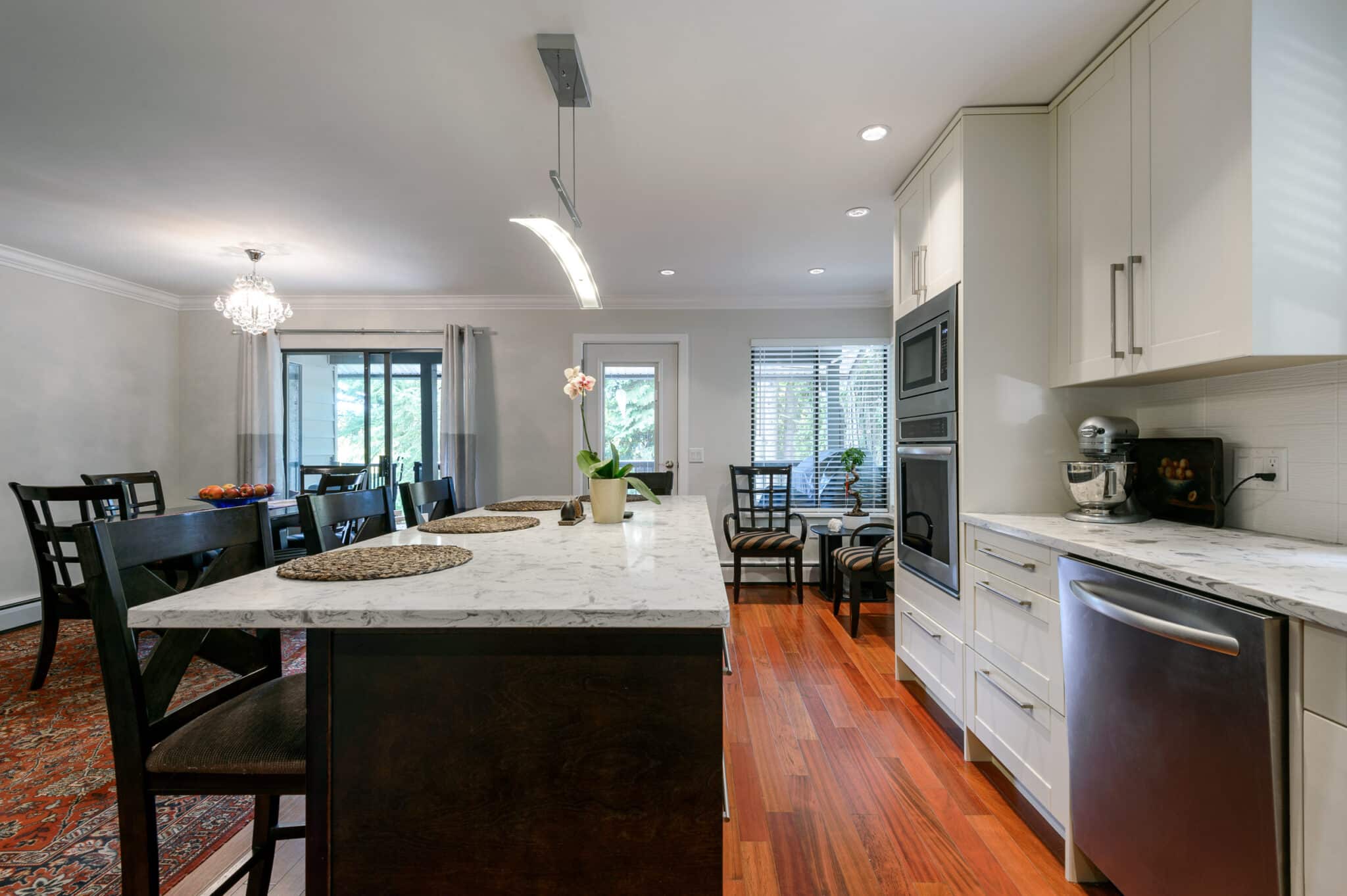

Articles
The Average Cost Of Home Improvement Upgrades, According To Houzz
Modified: February 22, 2024
Discover the average cost of home improvement upgrades and renovation projects according to Houzz. Read informative articles on various aspects of home improvement.
(Many of the links in this article redirect to a specific reviewed product. Your purchase of these products through affiliate links helps to generate commission for Storables.com, at no extra cost. Learn more)
Introduction
Welcome to the world of home improvement, where the possibilities are endless and the results can be truly transformative. Whether you’re looking to revamp your kitchen, upgrade your bathroom, enhance your curb appeal, or make some interior changes, the process can be exciting, challenging, and rewarding. However, before you embark on your home improvement journey, it’s important to have a clear understanding of the average costs associated with various upgrades.
In this article, we will explore the average cost of home improvement upgrades according to Houzz, a leading platform for home remodeling and design inspiration. By understanding the average costs, you can better plan your budget and make well-informed decisions when it comes to your home improvement projects.
It’s worth noting that the costs mentioned in this article are based on national averages and can vary depending on factors such as the size of your project, the location of your home, and the materials used. With that in mind, let’s dive into the average costs of some popular home improvement upgrades.
Key Takeaways:
- Planning a home improvement project? Understand the average costs of upgrades like kitchen renovations, bathroom enhancements, exterior improvements, and interior changes to make informed decisions and budget effectively.
- From countertops to landscaping, consider factors like materials, size, and location when estimating costs. Get multiple quotes from local professionals for accurate project-specific estimates.
Methodology
In order to determine the average costs of home improvement upgrades, Houzz conducted a comprehensive analysis of data collected from millions of homeowners who completed remodeling projects. The data encompasses a wide range of projects, including kitchen renovations, bathroom upgrades, exterior improvements, and interior enhancements.
Houzz’s methodology involved aggregating and analyzing project data from a multitude of sources, including contractor quotes, homeowner surveys, and verified project photos. This allowed them to derive accurate and up-to-date estimates for the average costs of various home improvement upgrades.
It’s important to keep in mind that these averages are intended to provide a general idea of the costs associated with different types of projects. Actual costs can vary depending on factors such as the scope of the project, the quality of materials used, the level of customization, and the contractor’s fees.
Additionally, it’s important to note that market conditions, geographic location, and regional economic factors can also impact the costs of home improvement projects. For example, construction costs may be higher in areas with high demand and limited supply of skilled laborers.
While the methodology used by Houzz provides a reliable baseline for estimating average costs, it’s always advisable to obtain multiple quotes from reputable contractors and suppliers in your local area. This will allow you to get a more accurate understanding of the costs specific to your desired project and location.
With this methodology in mind, let’s explore the average costs of some popular home improvement upgrades according to Houzz.
Kitchen Upgrades
The kitchen is often referred to as the heart of the home. It’s a place where meals are prepared, memories are made, and gatherings are hosted. If you’re considering a kitchen upgrade, there are several key areas to focus on: countertops, cabinets, appliances, and flooring.
Countertops
Countertops play a crucial role in both the functionality and aesthetics of a kitchen. The average cost of installing new countertops can vary depending on the material chosen. For example, laminate countertops tend to be more budget-friendly, with an average cost of around $1,000 to $3,000. On the other hand, natural stone countertops like granite or quartz can range in price from $2,000 to $4,500 or more.
It’s important to consider durability, maintenance, and visual appeal when selecting your countertop material. Each type of material has its own unique characteristics, so it’s essential to choose one that suits your lifestyle and design preferences.
Cabinets
Cabinets not only provide storage solutions but also contribute significantly to the overall appearance of a kitchen. The average cost of installing new cabinets can vary depending on factors such as materials, design complexity, and size. Stock cabinets, which come in standard sizes and designs, are generally more affordable, with costs ranging from $4,000 to $6,000. Semi-custom and custom cabinets offer more flexibility in terms of design and materials but can cost anywhere from $8,000 to $20,000 or more.
When selecting cabinets, consider factors such as durability, functionality, and style. Opt for high-quality materials and finishes that will withstand daily use and add value to your kitchen.
Appliances
Upgrading kitchen appliances can greatly enhance both the functionality and energy efficiency of your space. The average cost of new appliances can vary depending on the brand, model, and features. For instance, a basic stainless steel refrigerator can range from $800 to $2,000, while a high-end, top-of-the-line model can cost upwards of $4,000. Similarly, a standard gas or electric range can range from $500 to $2,000, while a professional-grade range can cost $3,000 or more.
When choosing appliances, consider your cooking and lifestyle needs, as well as energy efficiency ratings. Investing in energy-efficient appliances can lead to long-term cost savings on your utility bills.
Flooring
Updating the flooring in your kitchen can have a significant impact on the overall look and feel of the space. The average cost of kitchen flooring can vary depending on the material chosen. For example, vinyl flooring is a budget-friendly option, with costs ranging from $2 to $5 per square foot. Hardwood flooring, on the other hand, can range from $8 to $12 per square foot, while ceramic or porcelain tile can range from $5 to $10 per square foot.
Consider factors such as durability, water resistance, and maintenance when choosing your kitchen flooring. Opt for materials that can withstand the demands of a busy kitchen environment while still adding visual appeal.
By focusing on countertops, cabinets, appliances, and flooring, you can transform your kitchen into a functional and visually stunning space. Remember, these average costs are intended to provide a rough estimate, and actual costs can vary depending on factors such as materials, size of the kitchen, and location.
Bathroom Upgrades
Bathroom upgrades can greatly enhance the comfort, style, and functionality of your home. Whether you’re looking to update the vanity, install a new shower or bathtub, upgrade the tiles, or replace the fixtures, there are numerous options to consider.
Vanities
The vanity is both a functional and decorative element in the bathroom. The average cost of a new vanity can vary depending on factors such as size, materials, and design. A basic vanity with a sink can range from $500 to $1,500, while a custom-built vanity with high-end finishes can cost $2,000 or more.
When choosing a vanity, consider storage needs, space limitations, and style preferences. Opt for durable materials and finishes that can withstand the humid bathroom environment.
Read more: What Is The Average Cost To Enclose A Patio
Shower/Bathtub
Upgrading your shower or bathtub can create a luxurious and spa-like experience in your bathroom. The average cost of installing a new shower or bathtub can vary depending on the type and complexity of the installation. A basic shower or bathtub replacement can range from $1,000 to $5,000, while a custom-designed shower or luxurious freestanding bathtub can cost $10,000 or more.
Consider factors such as space availability, usage requirements, and personal preferences when selecting a new shower or bathtub. Incorporate features like rainfall showerheads, massage jets, or soaking tubs to enhance relaxation and functionality.
Tiles
Tiles not only provide a durable and water-resistant surface in the bathroom but also contribute to the overall aesthetic appeal. The average cost of installing new tiles in the bathroom can vary depending on factors such as material, size, and complexity of the design. Ceramic or porcelain tiles are more budget-friendly, with costs ranging from $1 to $15 per square foot. On the other hand, natural stone tiles like marble or travertine can cost $5 to $20 per square foot or more.
Consider factors such as durability, slip resistance, and maintenance when selecting bathroom tiles. Choose a tile option that complements your desired style while providing functional benefits.
Fixtures
Replacing fixtures in your bathroom can instantly update its look and improve its functionality. The average cost of new bathroom fixtures can vary depending on the type and quality. For example, a basic sink faucet can range from $50 to $200, while a high-end, designer faucet can cost $300 or more. Similarly, a standard toilet can range from $200 to $500, whereas a luxury bidet toilet can cost $1,000 or more.
When selecting bathroom fixtures, consider factors such as water efficiency, ease of use, and style. Opt for fixtures that are not only aesthetically pleasing but also reliable and durable.
By focusing on vanities, shower/bathtub, tiles, and fixtures, you can create a bathroom that is both functional and visually appealing. Remember, these average costs are meant to serve as a general guide, and actual costs can vary depending on factors such as materials, size of the bathroom, and location.
Exterior Upgrades
The exterior of your home is not only crucial for curb appeal but also plays a significant role in protecting your property from the elements. If you’re considering exterior upgrades, there are several key areas to focus on: roofing, siding, windows, and deck/patio.
Roofing
Your roof is one of the most important components of your home’s exterior. The average cost of a new roof installation can vary depending on factors such as the size of your home, the type of roofing material, and the complexity of the installation. For asphalt shingles, the most common roofing material, costs can range from $5,000 to $12,000 or more for a standard-sized home. Other materials like metal or tile can range from $10,000 to $20,000 or more.
When considering a new roof, it’s important to choose a material that suits your climate, matches your home’s architectural style, and provides long-lasting durability and protection.
Siding
Siding not only enhances the appearance of your home but also serves to protect it from the elements. The average cost of installing new siding can vary depending on the material chosen and the size of your home. Vinyl siding is one of the most popular and affordable options, with costs ranging from $6,000 to $15,000 for a typical-size house. Other materials like fiber cement or wood siding can range from $10,000 to $30,000 or more.
Consider factors such as durability, maintenance requirements, and energy efficiency when selecting siding materials. Choose a material that complements your home’s style and offers long-term durability.
Windows
Upgrading your windows can improve energy efficiency, enhance natural lighting, and add aesthetic appeal to your home’s exterior. The average cost of replacing windows can vary depending on factors such as the number of windows, the type of window, and the material chosen. Basic vinyl windows can range from $300 to $800 per window, while higher-end options like wood or fiberglass can range from $800 to $1,500 or more per window.
When choosing windows, consider factors such as energy efficiency ratings, ease of maintenance, and style. Opt for windows that provide good insulation and complement the architectural style of your home.
Deck/Patio
A well-designed deck or patio can provide a space for outdoor entertainment, relaxation, and enjoyment. The average cost of installing a deck or patio can vary depending on factors such as the size, the materials used, and the complexity of the design. On average, a basic wood deck can cost between $5,000 and $10,000, while a larger and more elaborate composite deck can range from $10,000 to $20,000 or more.
Consider factors such as durability, maintenance, and the intended use when selecting materials for your deck or patio. Choose materials that can withstand weather conditions and suit your lifestyle.
By focusing on roofing, siding, windows, and deck/patio, you can enhance the exterior of your home while improving its functionality and visual appeal. Remember, these average costs are intended to provide general estimates, and actual costs can vary depending on factors such as the size of your home, materials used, and regional differences.
Read more: What Is The Average Cost Of Home Repair?
Interior Upgrades
Interior upgrades can completely transform the look and feel of your home. Whether you’re aiming to freshen up the walls with a fresh coat of paint, update the flooring, enhance the lighting, or replace the windows, there are numerous possibilities to consider.
Painting
A fresh coat of paint can make a world of difference in any room. The average cost of painting a room can vary depending on factors such as the size of the room, the complexity of the project, and professional labor costs. On average, homeowners can expect to spend between $500 and $1,000 per room for professional painting services. However, if you choose to tackle the project yourself, you can save on labor costs but will still need to account for the cost of paint and supplies.
When selecting paint colors, consider your desired mood, the existing décor, and the overall aesthetic of your home. Opt for high-quality paint that provides excellent coverage and durability for long-lasting results.
Flooring
The flooring sets the foundation for any room and contributes significantly to its overall aesthetic appeal. The average cost of installing new flooring can vary depending on factors such as the type of flooring material and the size of the area to be covered. Basic options like laminate or vinyl flooring can range from $2 to $5 per square foot, while hardwood or engineered wood flooring can range from $8 to $15 or more per square foot.
Consider factors such as durability, maintenance requirements, and style when choosing flooring materials. Opt for materials that suit your lifestyle and design preferences while offering long-term durability.
Lighting
Proper lighting can greatly enhance the ambiance and functionality of any space. The average cost of updating lighting fixtures can vary depending on factors such as the type of fixtures and the size of the room. Basic lighting fixtures can range from $50 to $100, while more intricate and high-end options can cost several hundred dollars.
When selecting lighting fixtures, consider the purpose of the room and the desired lighting effect. Incorporate a mix of ambient, task, and accent lighting to create a well-balanced and inviting atmosphere.
Windows
Replacing windows can improve energy efficiency, enhance natural light, and update the overall look of your home’s interior. The average cost of new windows can vary depending on factors such as the type of window, the size, and the material. Standard vinyl windows can range from $300 to $800 per window, while higher-end options like wood or fiberglass can range from $800 to $1,500 or more per window.
Consider factors such as energy efficiency ratings, ease of maintenance, and style when selecting new windows. Choose windows that provide good insulation, allow for easy operation, and match the overall aesthetic of your home.
By focusing on painting, flooring, lighting, and windows, you can revitalize the interior of your home and create a space that is visually appealing and functional. Remember, these average costs are meant to serve as a general guide, and actual costs can vary depending on factors such as the size of the project, materials used, and regional differences.
Additional Upgrades
When it comes to home improvement, there are always additional upgrades that can enhance the comfort, functionality, and security of your home. Here are four key areas to consider: HVAC system, garage door, landscaping, and security system.
HVAC System
An efficient HVAC (heating, ventilation, and air conditioning) system is crucial for maintaining a comfortable indoor environment. The average cost of installing a new HVAC system can vary depending on factors such as the size of your home, the type of system, and any additional ductwork or electrical work required. On average, homeowners can expect to spend between $5,000 and $10,000 for a complete HVAC system installation.
When selecting an HVAC system, consider factors such as energy efficiency ratings, the climate in your area, and the specific needs of your home. Aim for a system that provides optimal heating and cooling performance while minimizing energy consumption.
Garage Door
The garage door not only serves as an entry point to your home but also adds to its overall curb appeal. The average cost of a new garage door installation can vary depending on factors such as the size of the door, the material chosen, and any additional features or customization. On average, you can expect to spend between $1,000 and $2,500 for a standard-sized garage door installation.
When choosing a garage door, consider factors such as durability, insulation properties, and design. Select a door that complements the architectural style of your home while providing security and ease of use.
Landscaping
The exterior of your home is the first impression visitors have, and landscaping plays a vital role in creating a welcoming and aesthetically pleasing environment. The average cost of landscaping can vary depending on factors such as the size of your yard, the complexity of the design, and the types of plants and materials used. On average, homeowners can spend between 5% and 10% of their home’s value on landscaping.
When planning your landscaping, consider factors such as climate suitability, maintenance requirements, and desired aesthetic. Incorporate a mix of plants, trees, hardscape elements, and outdoor lighting to create a well-balanced and inviting outdoor space.
Security System
Investing in a reliable security system can protect your home and provide peace of mind. The average cost of a security system installation can vary depending on factors such as the size of your home, the level of security desired, and any additional features or customization. On average, homeowners can expect to spend between $500 and $2,000 for a security system installation.
When selecting a security system, consider factors such as surveillance cameras, motion sensors, and alarm systems. Choose a system that fits your specific security needs, provides easy operation, and offers remote monitoring options.
By considering upgrades such as an HVAC system, garage door, landscaping, and security system, you can improve the comfort, functionality, and security of your home. Remember, these average costs are meant to provide a general estimate, and actual costs can vary depending on factors such as size, materials used, and regional differences.
Conclusion
Embarking on home improvement projects is an exciting endeavor that allows you to personalize and enhance your living space. Understanding the average costs associated with various upgrades is essential for effective budget planning and informed decision-making. Throughout this article, we’ve explored the average costs of popular home improvement upgrades in different areas of the home.
From kitchen upgrades such as countertops, cabinets, appliances, and flooring to bathroom upgrades including vanities, showers/bathtubs, tiles, and fixtures, there are numerous options to consider depending on your preferences and budget. Exterior upgrades like roofing, siding, windows, and deck/patio can significantly improve your home’s curb appeal and structural integrity.
When it comes to the interior, painting, flooring, lighting, and windows are key areas that can transform the look and feel of your home. Additionally, considering additional upgrades such as an HVAC system, garage door, landscaping, and security system can further enhance your home’s comfort, functionality, and safety.
It’s important to keep in mind that the average costs provided in this article are based on national averages and can vary depending on factors such as the scope of the project, location, materials used, and labor costs. It’s always recommended to obtain multiple quotes from reputable professionals in your area to get a more accurate estimation for your specific project.
As you embark on your home improvement journey, remember to strike a balance between your desired upgrades and your budget. Carefully consider the long-term benefits and the added value that each upgrade can bring to your home.
Ultimately, the goal of any home improvement project is to create a space that not only accommodates your needs but also reflects your personal style and enhances your quality of life. Through careful planning, research, and consideration of average costs, you can take confident steps toward transforming your house into the home of your dreams.
Frequently Asked Questions about The Average Cost Of Home Improvement Upgrades, According To Houzz
Was this page helpful?
At Storables.com, we guarantee accurate and reliable information. Our content, validated by Expert Board Contributors, is crafted following stringent Editorial Policies. We're committed to providing you with well-researched, expert-backed insights for all your informational needs.
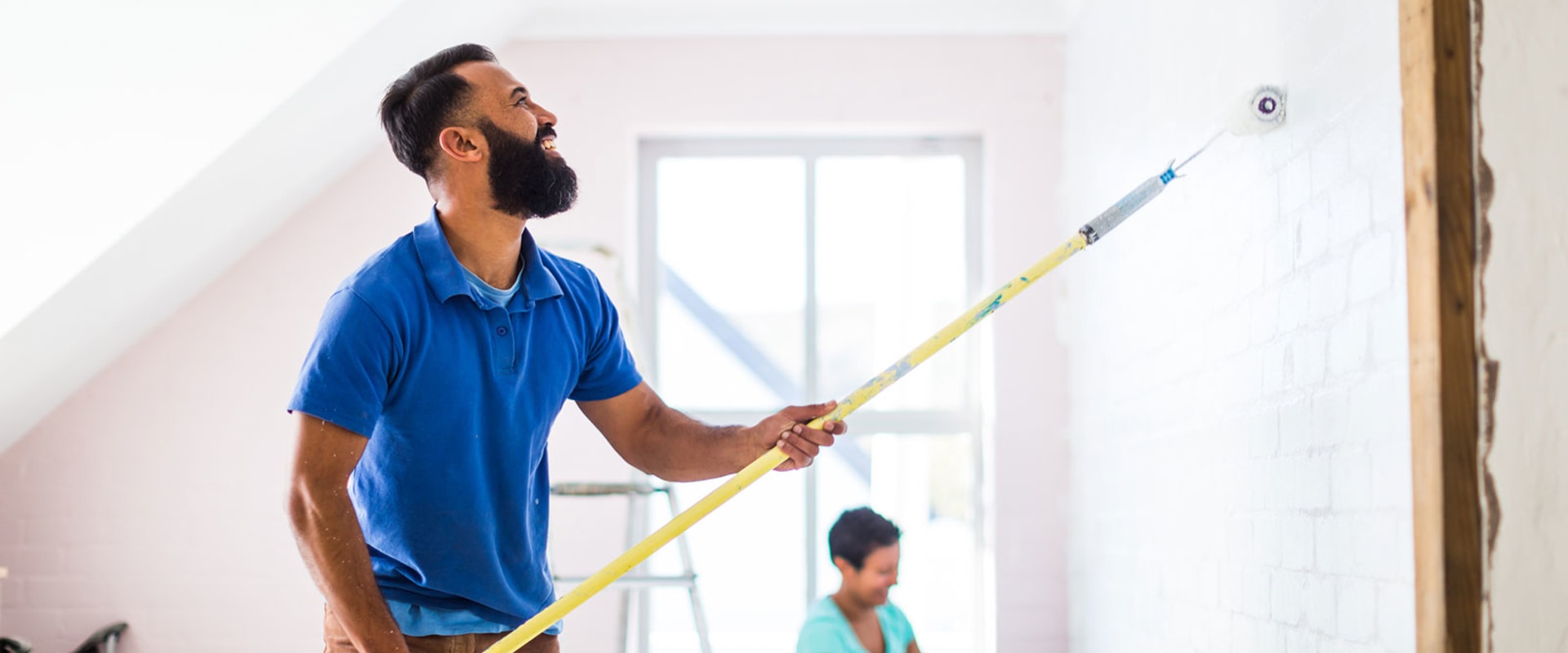
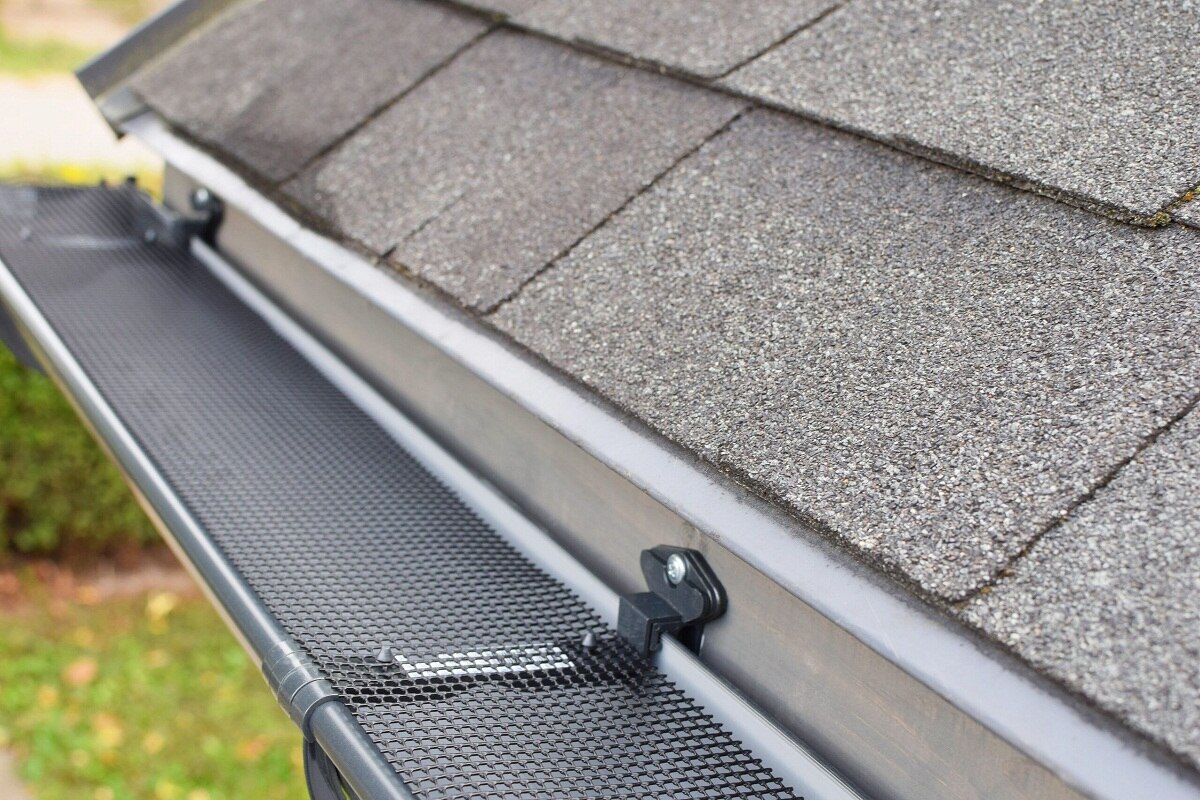
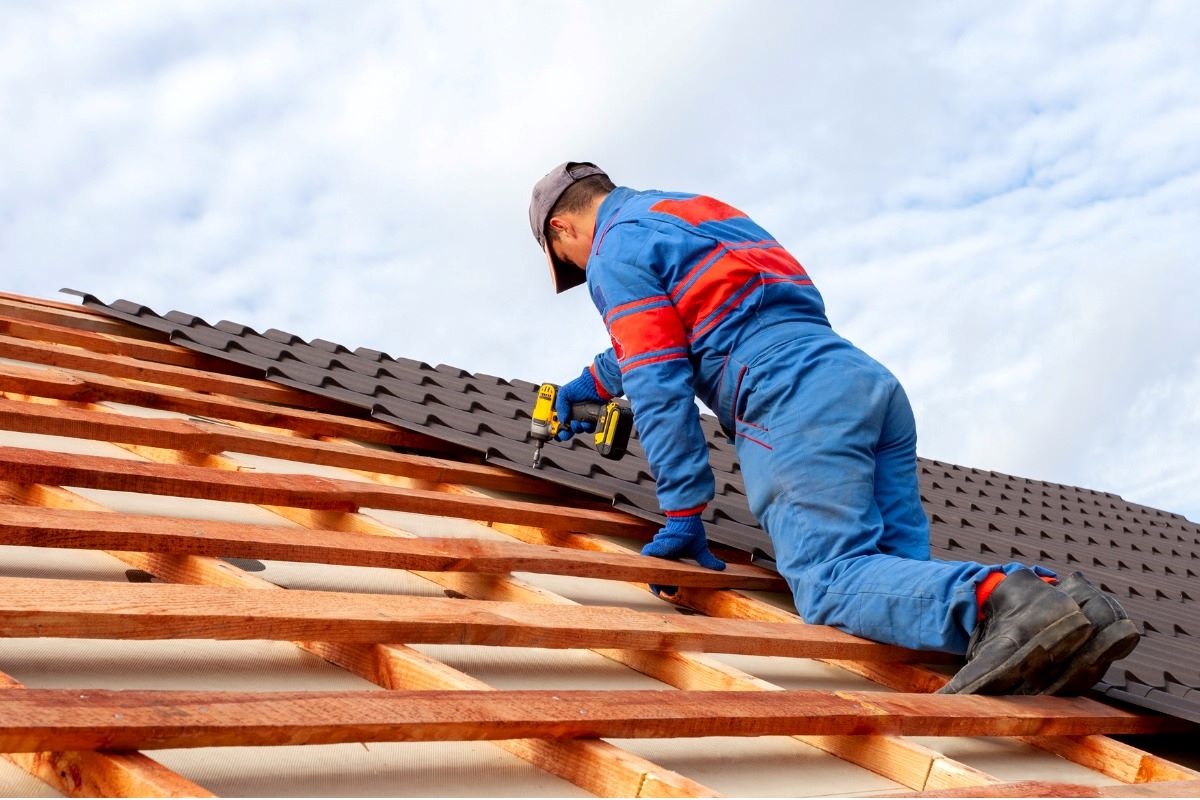
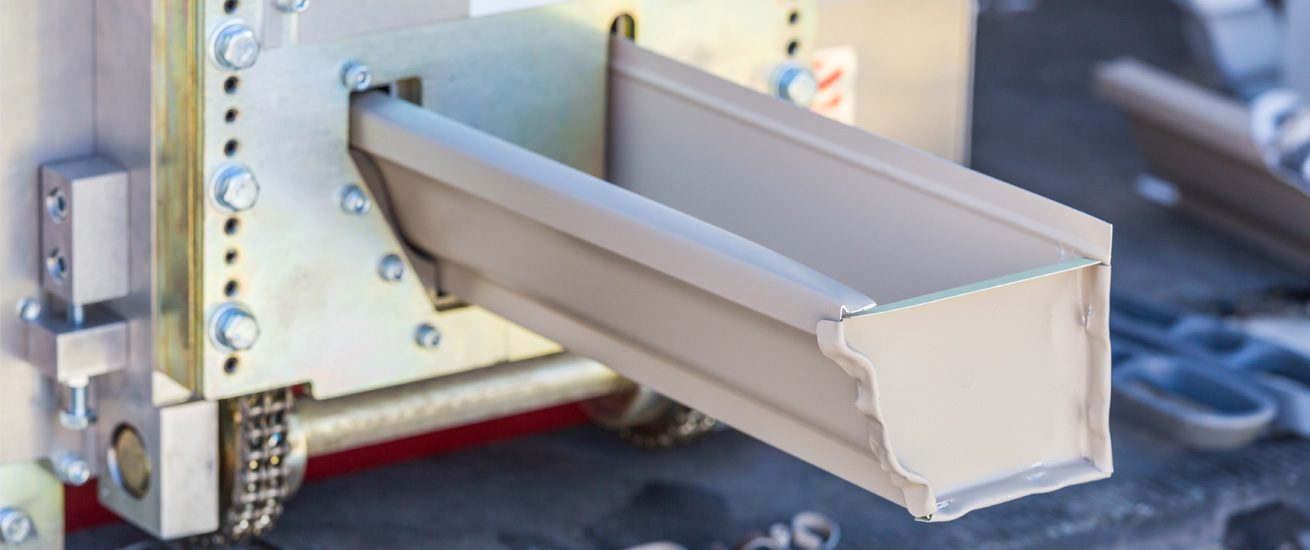
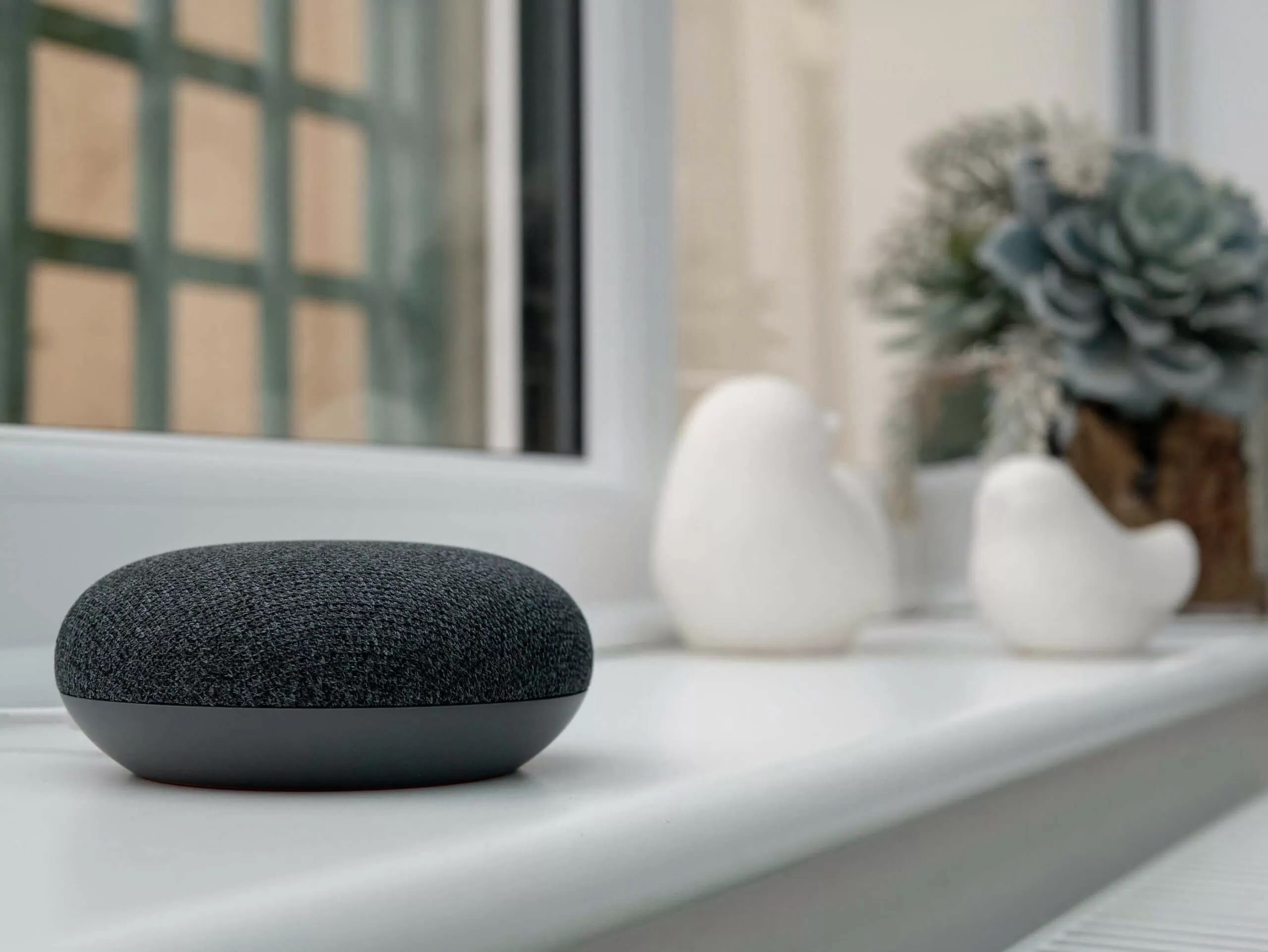

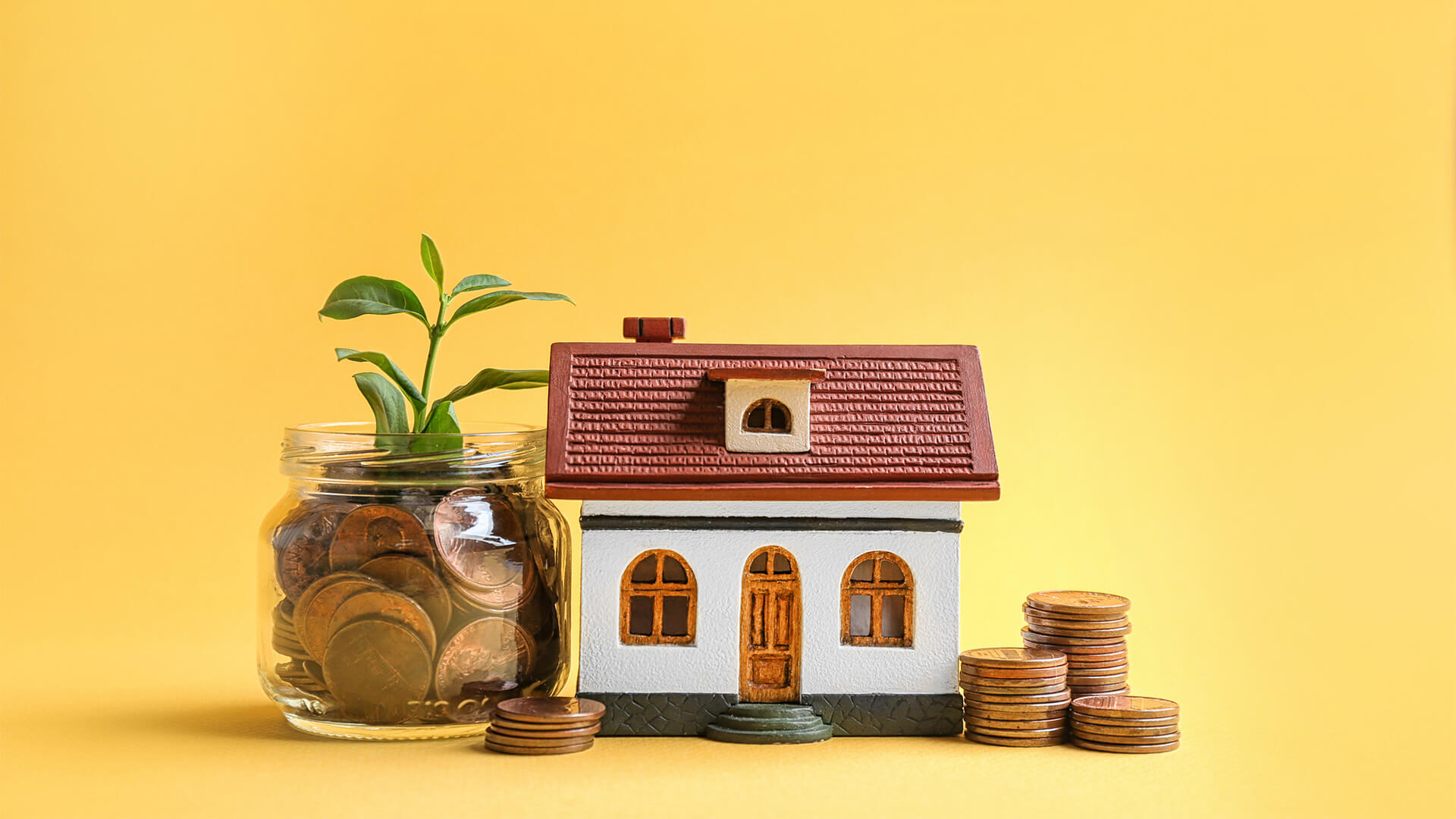
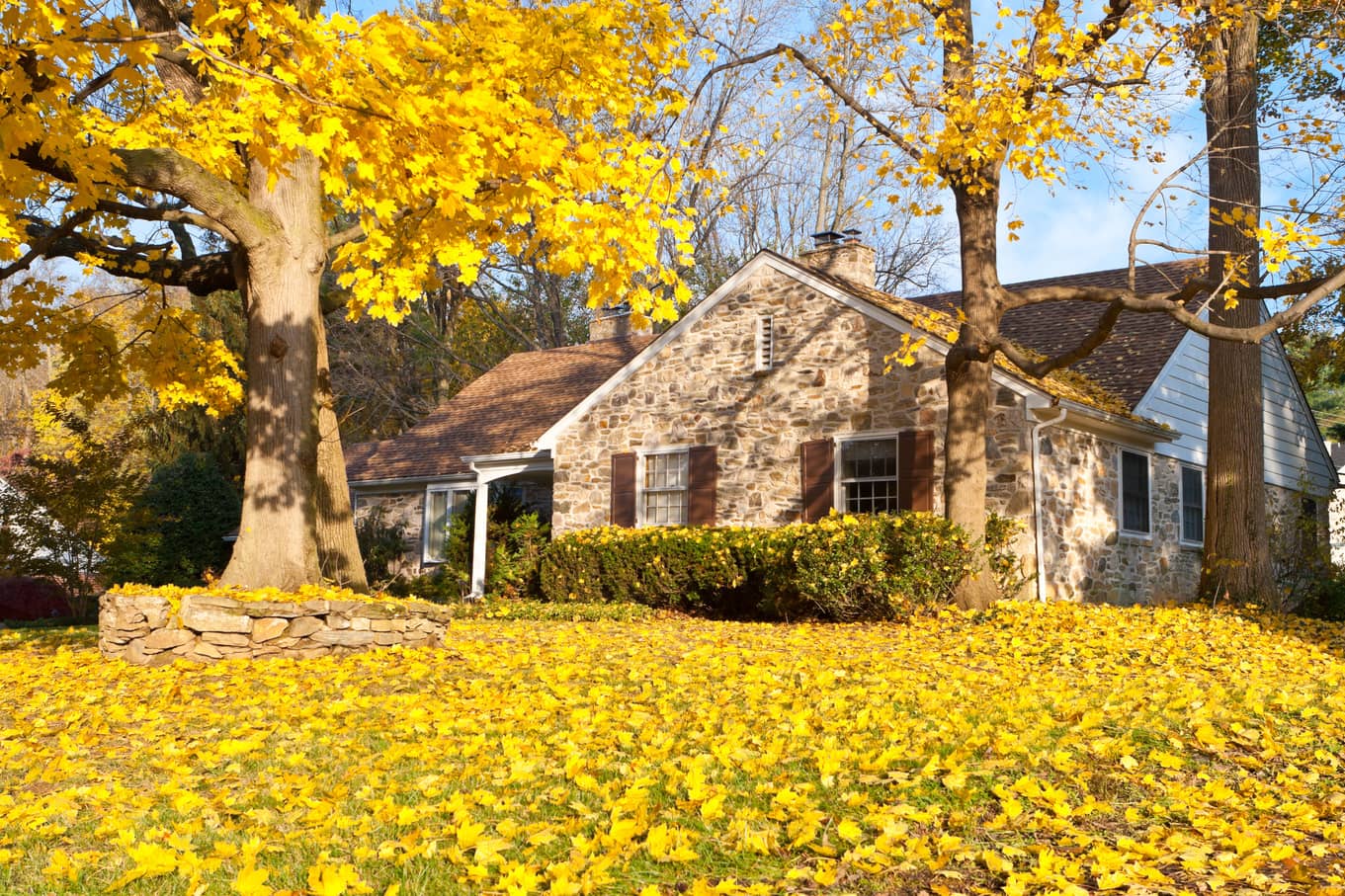
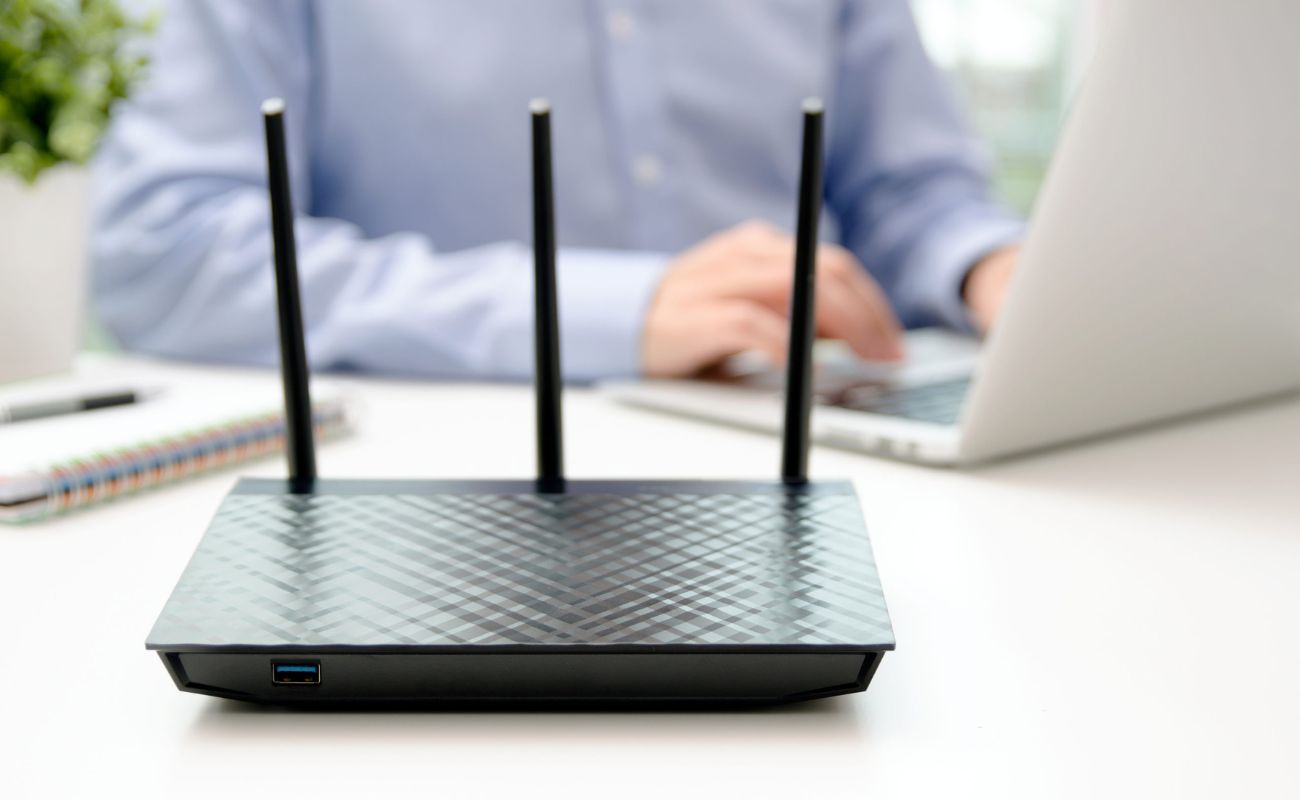

0 thoughts on “The Average Cost Of Home Improvement Upgrades, According To Houzz”